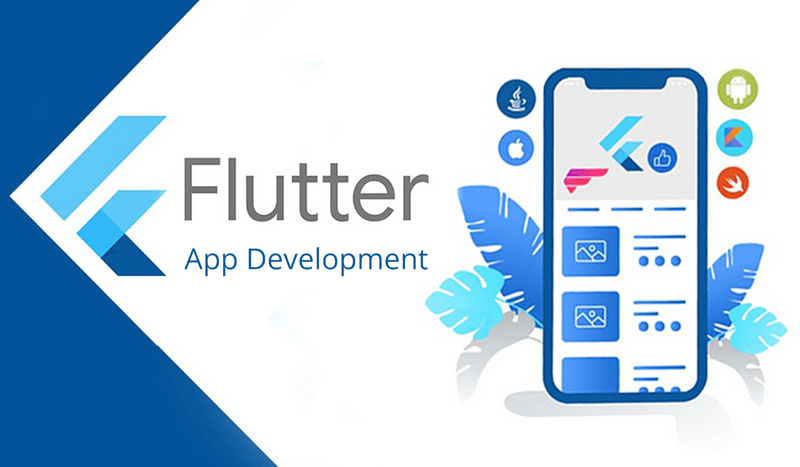In the rapidly changing world of technology, hiring practices, too, have had to evolve to keep up. The tech screening interview has transformed from a simple Q&A session to a more rigorous and comprehensive process, reflecting the complexities of modern roles and the need for robust technical skills. Let’s delve into the evolution of technical screening and the ways in which it has been revolutionized over the years.
1. The Inception of Tech Interviews: Traditional Q&A
At the outset, tech screening interviews were predominantly based on a straightforward question-and-answer approach. Candidates were questioned on technologies, programming dialects, and best practices, mostly from a theoretical standpoint.
Strengths:
Scope of Knowledge: This style allowed a glimpse into the candidate’s overall understanding across varied tech facets.
Simplicity: Without the need for unique tools or settings, these sessions were seamlessly executed.
Drawbacks:
Theory Over Practicality: Purely theoretical insights might not correspond to effective problem-solving in actual tech environments.
Rote Over Understanding: The format was susceptible to candidates memorizing responses, making it hard to distinguish true skill from mere recall.
2. The Coding Test Phenomenon in Technical Screening
As the tech industry realized that traditional Q&A sessions were insufficient in gauging a candidate’s actual coding ability, the technical interview process experienced a paradigm shift. Embracing a more hands-on approach, companies transitioned to coding tests. This change saw the rise of platforms such as HackerRank, LeetCode, and Codility, which standardized these tests, offering a consistent measure of a candidate’s coding skills.
Pros:
Tangible Skill Assessment: Unlike the theoretical focus of Q&A sessions, coding tests provide tangible evidence of how a candidate would approach and solve real-world problems.
Uniform Evaluation: These platforms ensured that candidates were evaluated using a consistent yardstick, mitigating inherent biases and making the process more objective.
Cons:
Prep-Centric Culture: With the adoption of coding tests, a new challenge arose. Many candidates began extensively preparing for these tests, honing in on specific problem types. This extensive preparation sometimes resulted in a test performance that didn’t necessarily mirror their actual on-the-job capabilities.
Demands on Time: The more complex coding challenges often proved lengthy and mentally taxing, diverging from the quick problem-solving expected in day-to-day work settings.
3. Take-Home Projects: A Modern Twist to Tech Interviews
In the evolving landscape of tech hiring, companies are continually seeking robust mechanisms to gauge the depth and breadth of a candidate’s abilities. One such method that has gained traction is the assignment of take-home projects.
Why Take-Home Projects?
The idea behind this is simple yet profound. Instead of confining candidates to artificial interview environments or time-bound coding tests, why not let them demonstrate their prowess in a more realistic setting? By handing them a project to be completed at home, companies can gain insights into various facets of a candidate’s expertise, from design and coding to thorough testing.
Advantages:
Holistic Assessment: Take-home projects aren’t just about coding. They provide a window into a candidate’s grasp over system architecture, their adherence to design principles, and even their documentation skills. In essence, it’s a more rounded view of what a candidate brings to the table.
Natural Environment: There’s a comfort to working in one’s own space, devoid of the watchful eyes of interviewers. This setting can often lead to a more genuine display of a candidate’s capabilities, allowing them to operate at their peak.
However, it’s not all rosy.
Challenges:
Time-intensive: As comprehensive as these projects are, they can be quite time-consuming. For candidates, especially those juggling multiple interviews or personal obligations, this can be overwhelming.
Integrity Questions: The unsupervised nature of these projects raises inevitable questions about authenticity. Did the candidate truly work solo? Or was there behind-the-scenes assistance? Without a monitoring mechanism, these concerns linger.
4. The Rise of Pair Programming in Tech Interviews
Pair programming sessions have become increasingly popular in tech interviews, evolving from the foundational strengths of coding tests and take-home assignments. In these interactions, a prospective employee collaborates directly with a company’s representative, typically a senior engineer, to solve a technical problem.
Key Benefits:
Understanding Collaboration: This approach reveals how a candidate functions in a team setting, spotlighting their communication skills, openness to feedback, and ability to collaborate—essential qualities in today’s tech industry.
Live Problem-Solving Insight: It provides interviewers a live view of a candidate’s problem-solving techniques, coding skills, and their overall approach to technical challenges.
Potential Hurdles:
Intimidation Concerns: The close-knit nature of pair programming might intimidate some candidates, especially when working alongside a senior engineer. This pressure could potentially influence their usual performance.
Scheduling Complexities: Setting up these sessions demands coordination, as aligning the schedules of a candidate and a senior engineer can be intricate.
In summary, pair programming sessions have emerged as a pivotal element in tech interviews, offering deep insights into a candidate’s skills and collaborative aptitude, while also presenting unique challenges to both candidates and companies.
5. The Hybrid Approach: A Fusion of Screening Techniques
In the dynamic realm of tech hiring, companies are realizing the limitations of relying solely on one screening method. Today, an integrated or hybrid approach is gaining traction. This multi-faceted model often begins with a coding test, giving initial insights into the candidate’s technical proficiency. Following this, a take-home project dives deeper, evaluating the broader skills of design, problem-solving, and code structuring. Finally, the process might climax with a pair programming session, offering a dual advantage: a direct view into the applicant’s coding capabilities and an assessment of their collaboration and communication skills.
This holistic strategy is designed to merge the strengths of individual methods while mitigating their shortcomings. By doing so, it paints a more rounded picture of both the hard and soft skills of a candidate, ensuring a more informed hiring decision.
The Evolution of Tech Screening Interviews: From Q&A to Hands-On Evaluation
Tech screening interviews have historically begun as simple Q&A sessions, where candidates demonstrated theoretical knowledge. But as tech roles grew more complex, this approach revealed its limitations, particularly its inability to gauge practical application and hands-on skills.
The industry’s response? Coding tests, brought to prominence by platforms like HackerRank and LeetCode. These tests provided a practical framework, allowing candidates to demonstrate coding acumen in real-time. Yet, they weren’t without flaws. The emergence of a ‘test-prep’ culture raised questions about their effectiveness in gauging genuine expertise.
Take-home projects emerged as an answer, giving candidates a broader canvas to showcase their expertise, from design to code. However, the potential for candidates to seek outside help and the considerable time investment needed for such projects made their efficacy debatable.
Enter pair programming sessions. Here, candidates collaborated on a coding problem with a company representative, showcasing not only their technical expertise but also their teamwork and communication abilities. However, the pressure of working alongside a senior engineer can be daunting for some.
Currently, many companies adopt a hybrid approach, combining various elements of the above methods to create a holistic tech screening process. This evolution from Q&A to a multifaceted evaluation mirrors the dynamic nature of the tech industry.
Conclusion:
Tech screening interviews, once limited to Q&A formats, have transformed into comprehensive evaluations. As the tech landscape continually shifts, so do these methods, all in pursuit of identifying talent that’s both technically adept and a perfect fit for the evolving industry.




